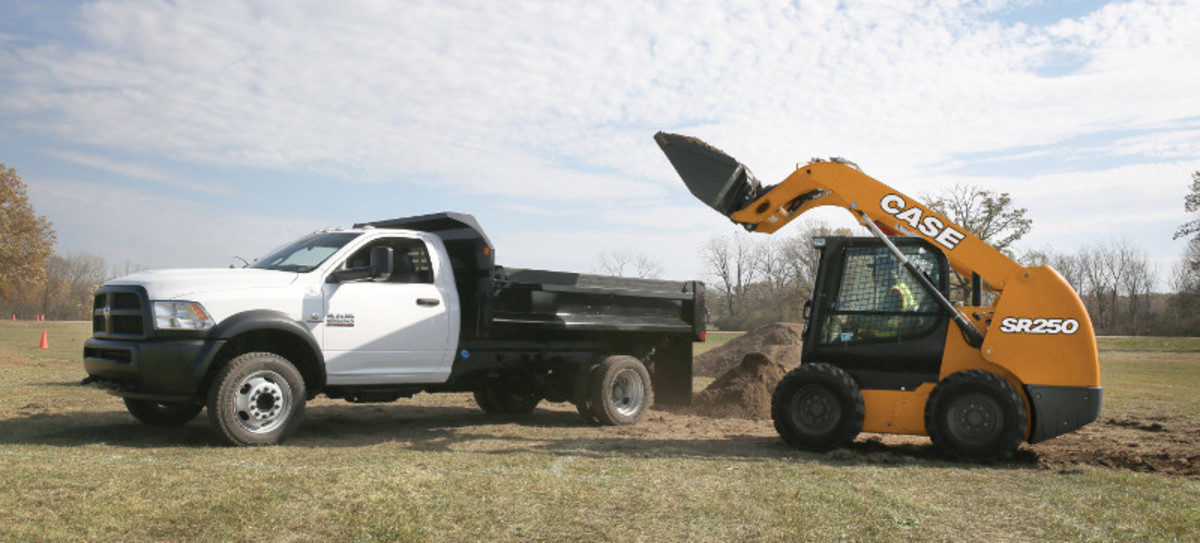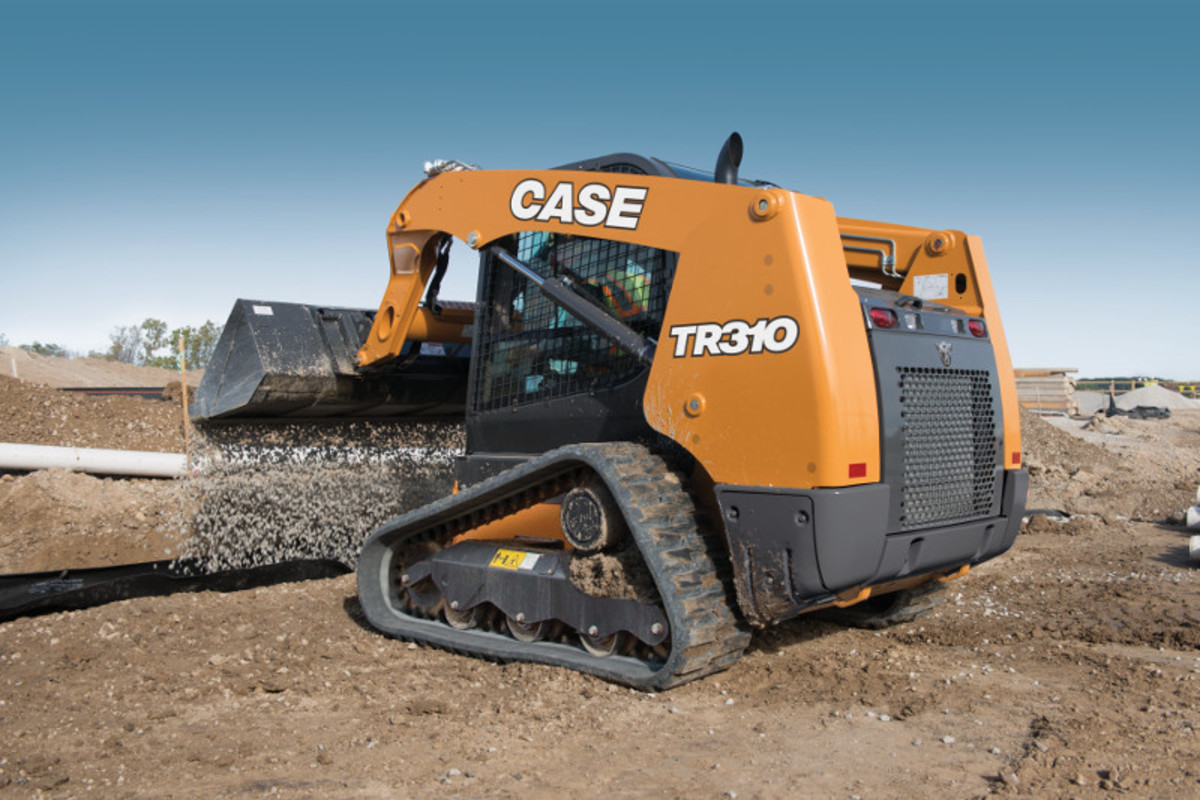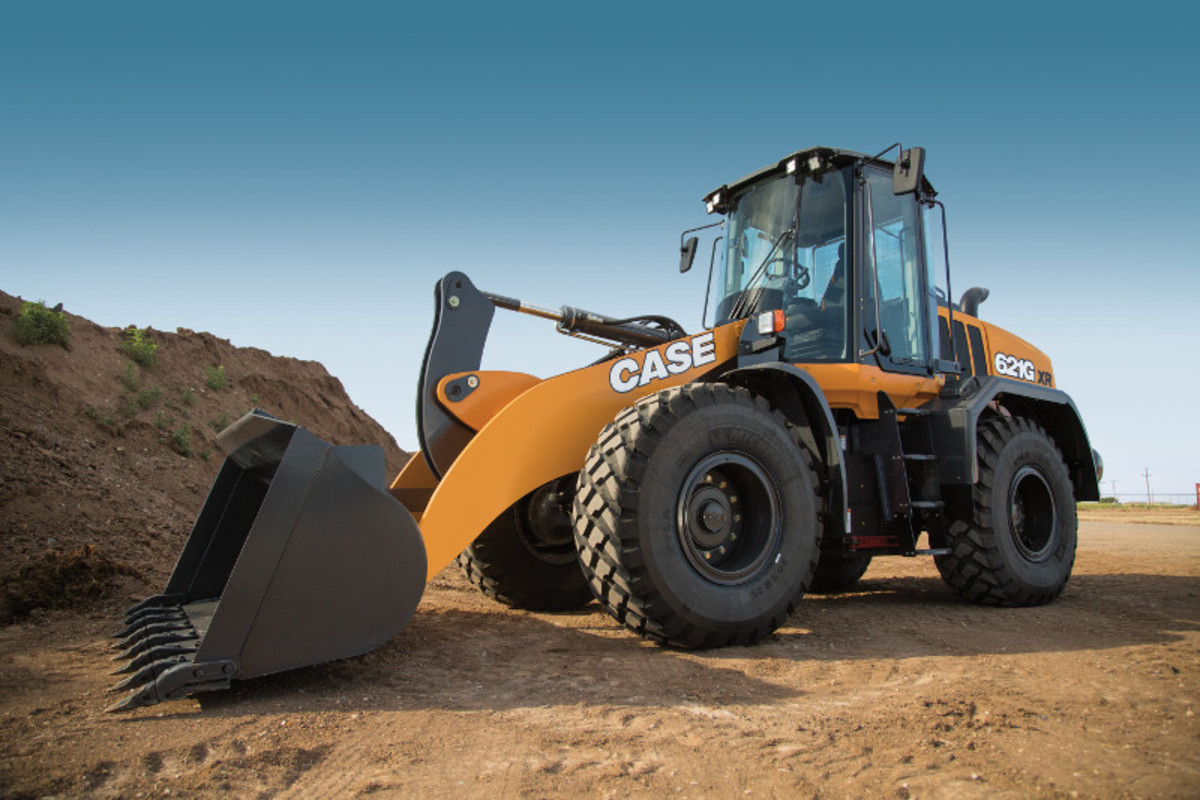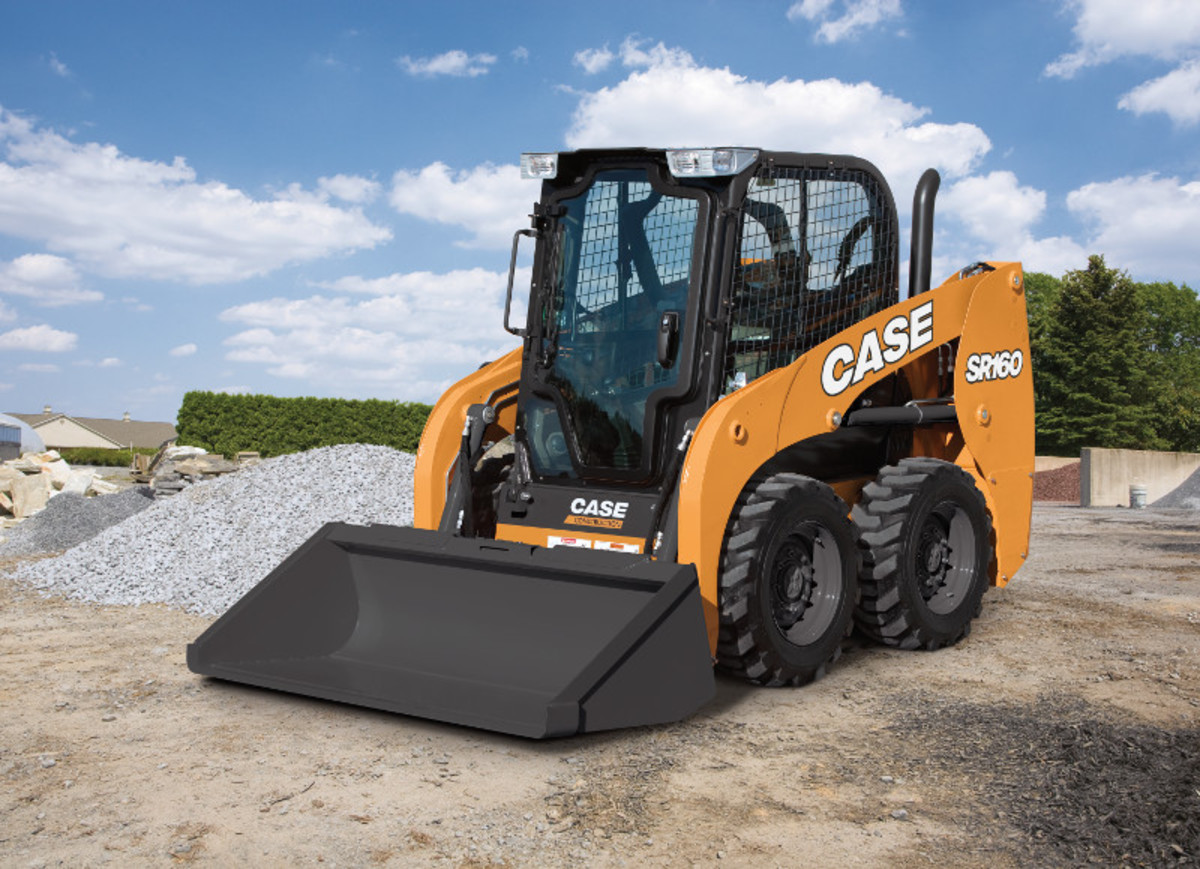We spend time preparing our equipment for snow removal and other cold weather work in late fall or early winter, but what steps do we take to get our equipment ready to transition back into dirt work in the spring?
From checking and changing fluids, examining hoses and attachments, to doing a thorough cleaning and ensuring that all salt is cleaned from the machine – having a transition plan from season-to-season helps ensure the long-term performance and value of your equipment.
Clean-Up, Grease Up
Get each machine into a warm bay or other dry place and give it a thorough cleaning and inspection. Look for signs of wear or damage, any leaks, or any other anomaly that might indicate a problem. Thawing and freezing cycles and the presence of water can wreak havoc on greasing systems… make sure each grease point is serviced as recommended in the owner’s manual.
Thoroughly Inspect Tires/Tracks
Just as with your daily driver, winter weather can affect tires and tracks, as well as tire pressure. Inspect tires, rims, tracks and undercarriage components for any new wear or stress from the winter work, and fix/replace accordingly. Inflate tires to recommended pressures.
Make Sure Batteries are Charged/In Working Order
Cold weather is hard on batteries — you don’t want to be stuck with a machine that won’t start when earthwork begins. Check to make sure each machine’s battery can retain a charge and that all connections are in good working order.
Ensure Fluid Quality Through Testing
Freezing cycles and the presence of water affects different fluids in different ways — and snow removal work is deceptively dirty, with the presence of salt, sand and other materials/chemicals often coming into contact with the machine. These contaminants can find any number of ways to get into fluid reservoirs – a testing program in the spring helps ensure fluid quality and the integrity of each related system, including the performance of filters and pumps. Testing kits, such as the 4-in-1 Systemgard™ testing kit from CASE, make it easy to check engine oil, coolant, transmission/hydraulic oil and diesel fuel.
Do I Need to Adjust Engine Oil?
Adjusting engine oils based on region used to be more of a requirement than it is today as engine oil technology has evolved. All CASE equipment comes factory filled today with a 10W-40 semi-synthetic oil which has drain intervals up to 600 hours and can work well in ambient temperatures ranging from -13 up to 122 degrees Fahrenheit — and in even colder temperatures with an engine oil pan heater.
Inspect Cooling System and Coolant
Check to ensure that the cooling system is working properly, and ensure that the coolant is topped off and at the proper concentrations. It is important to note that all Tier 4 CASE equipment uses OAT (Organic Acid Technology) coolant. If your machine takes OAT, it must only be topped off with OAT — a mix of OAT and non-OAT (such as XHD) coolant used in older machines will lead to gelling. OAT can be tested with a 3-way test strip, which will read pH, ethylene glycol and nitrite levels — nitrite levels should always be at zero as OAT does not contain nitrites.
Check Fittings and Hoses
Freezing and thawing cycles can also be tough on hoses and connections, as well as on many fittings throughout the machine. Inspect all fittings, from attachments to the engine compartment, to make sure nothing is leaking or damaged. Review, clean and grease latching points on attachment fit-up points as needed.
Properly Store Attachments
What do you do with all of the snow attachments that you won’t use when it’s time to play in the dirt? Store each attachment in a dry location, where possible, and give each attachment a thorough inspection before stowing away for the summer so that you’re not surprised with any downtime when the winter wind blows again.





